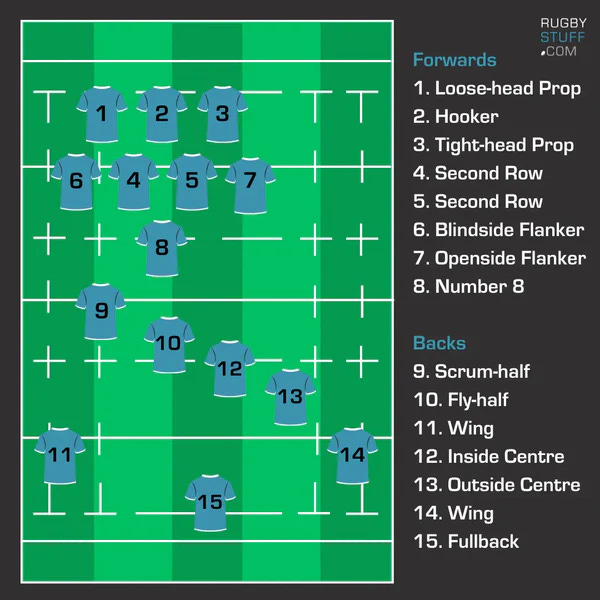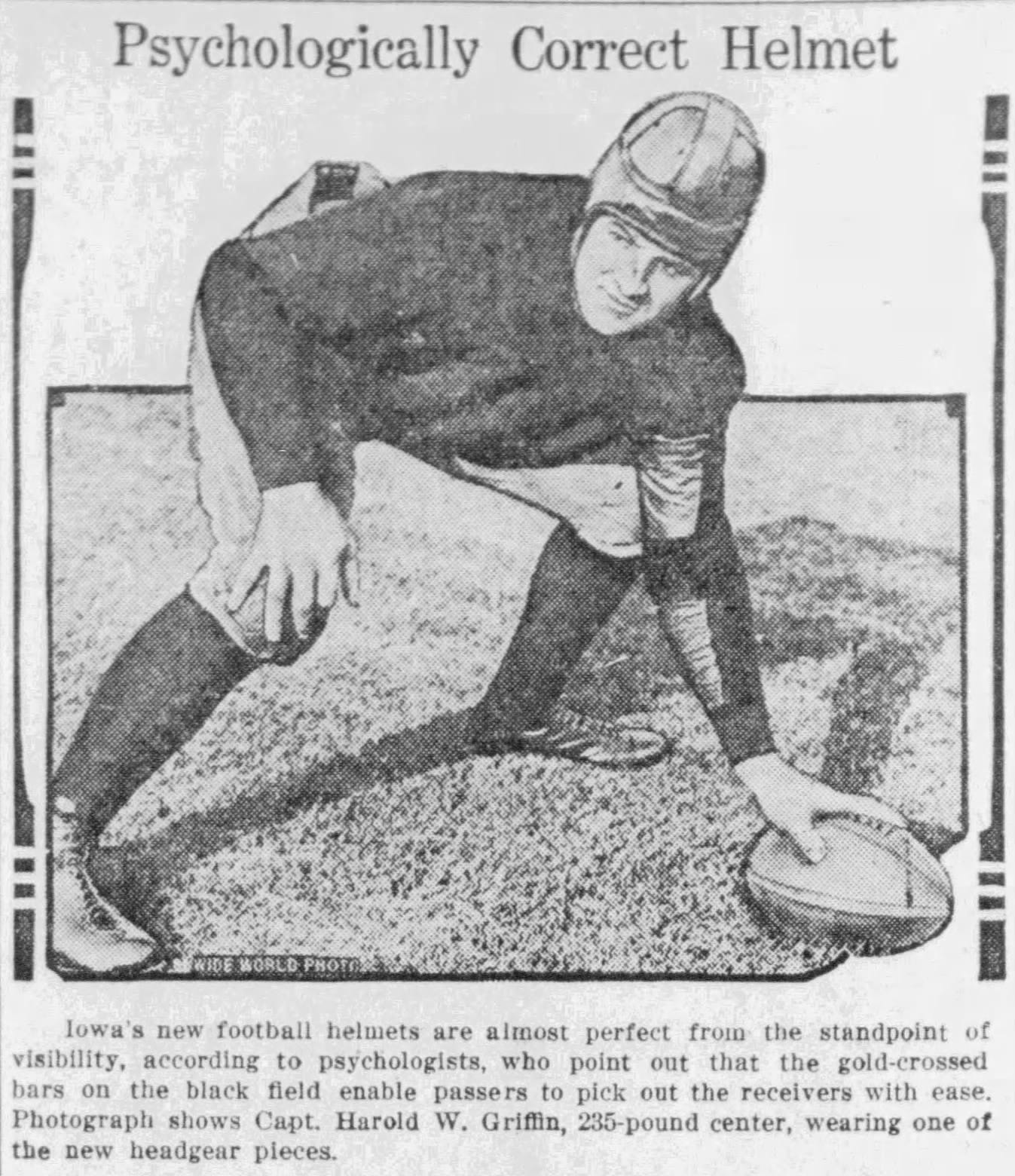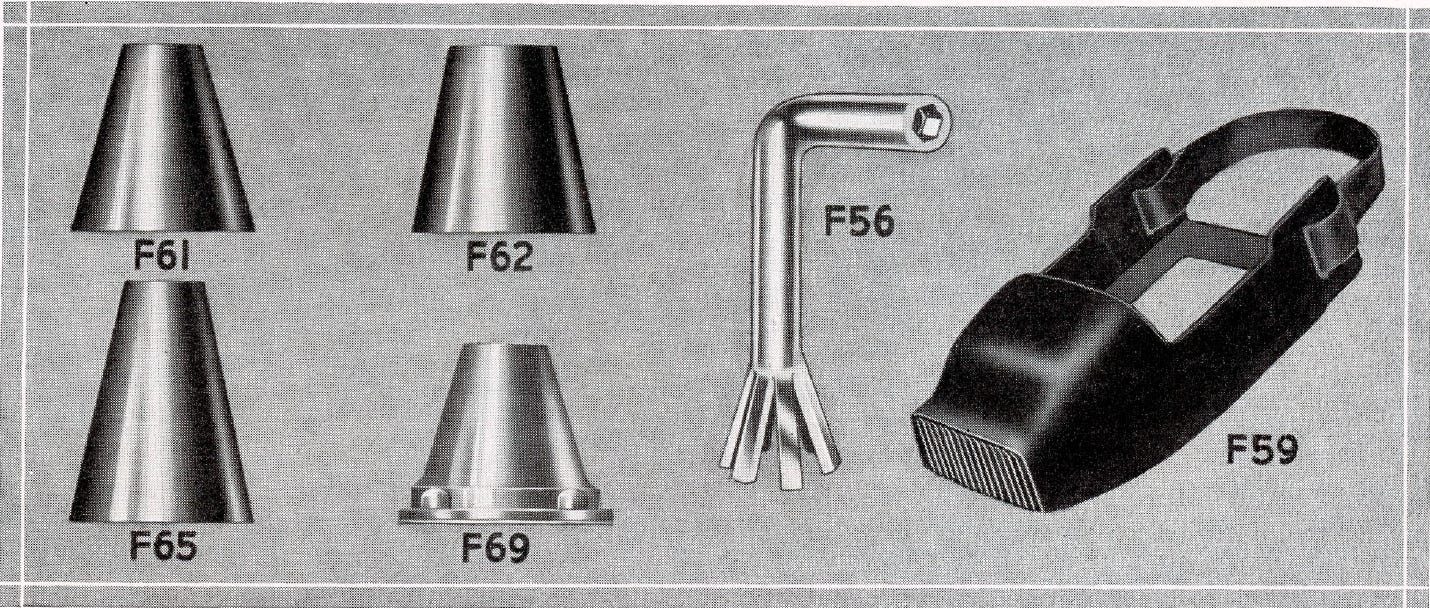Today's Tidbit.. Factoid Feast I
I don't know about you, but I prefer not to carry change in my pockets, which is problematic because I still use cash for some transactions. When I pay with cash, the cashier often gives me coins in return, and upon returning home, I dump them into a jar where they can remain for years. Eventually, my coin jar fills, so I take the coins to the kiosk at a local store, knowing that I will receive only 90% of the cash value of those coins.
A similar thing happens in my quest for football nuggets. As I encounter various football facts, I add them to my list of ideas for future Tidbits. Unfortunately, some of those facts are only factoids, too inconsequential or disconnected from other facts to justify a Tidbit, so they languish on my ideas list, just like the coins in my jar.
Since today is the first day of the rest of my life, I decided to use this cornucopia of cases and distribution of dope by periodically sharing a factoid feast, so all may learn of unimportant events in football's history.
So, I offer the First Factoid Feast with a fair warning that I have not emptied the jar. There are plenty more factoids where these came from.
The Agony of The Cleat
Sticking with the idea of disposing of unwanted items, the Navy ran a classroom training program at the University of Iowa for prospective pilots during WWII. Popularly known as the Iowa Naval Pre-Flight School, they fielded excellent football teams that played and beat top college elevens. Graduates of the pre-flight school went elsewhere to learn to fly, with some staying in state to train at the Ottumwa Naval Air Station, which also had a football team.
The Navy had football teams at bases nationwide and overseas, so they ordered equipment in bulk and found locations to warehouse those goods, some of which ended up in Ottumwa. After the war, many stored items were deemed surplus, so the Navy donated them to anyone willing to take them off their hands, and in 1953, the Navy donated its inventory of football cleats to the Ottumwa school system. Not football shoes, but the screw-on cleats, of which each shoe needed seven, so fourteen per pair.
At the time of the donation, the Navy had more than 500,000 cleats stored in Ottumwa, a supply sufficient for more than 35,700 pairs of football shoes. How Ottumwa disposed of 500,000 cleats is unknown, but one can only hope they shared their good fortune with neighboring towns.
Bob's Got Your Number
Bob Balfe was a sports columnist for the Palm Beach Post and wrote a column in 1940 lamenting football's lack of a consistent numbering system. At the time, players wore whatever number they wanted between 1 and 99 with no bearing on the position they played. The system, or the lack of a system, led to confusion when determining who scored a touchdown or did something of note on the field. As it turned out, the NCAA recommended that teams standardize player numbers by position in 1941, but Bob wrote his column the year before that happened.
Bob's idea was not as flexible as the soon-adopted system, in which centers wore numbers in the 50s, guards in the 60s, and tackles in the 70s. Instead, Bob wanted to see only 11 numbers per team. In the single-platoon game of the time, Bob thought the backs could wear numbers 1 through 4, and the players no one watched would get 5 through 11. Bob's idea might have worked at the time, and depending on how rigidly they enforced the rule, it might have held back football's move toward specialization.
Although Bob's column is the only instance I've seen the idea suggested for football, assigning specific numbers to each position on the field is the standard for rugby union.

Ol’ Bob’s idea may not have been quite as crazy as it seemed.
Iowa's Passing Fancy
As covered in an earlier story, How the Forward Pass Changed the Color of Football Helmets, football teams first painted their helmets to help passers spot receivers downfield. Following that logic, when Iowa acquired new gear for the 1925 season -including leather helmets with straps running across the top- they painted the straps gold and the rest of the helmet black. At some point that season, an unknown set of psychologists determined that Iowa's helmet color scheme was psychologically correct, even perfect, as tools for helping passers spot their targets.

Yesterday, Iowa beat Purdue 20-14 in a contest where their quarterback completed 6 of 21 pass attempts. Five completions went to senior tight end Erick All and one to running back Kaleb Johnson, so Iowa did not complete a pass to a wide receiver all day. Perhaps they should have stuck with the 1925 gold stap design rather than adorning their black helmets with the golden Hawkeye head in use today.

That's it, sports fans. Hopefully, sharing a few coins of wisdom will help me maintain order in my collection of ideas, while you benefit from picking up a factoid or two to share with friends.
Football Archaeology is reader-supported. Click here to buy one of my books or otherwise support the site.



Thought I was the only hopeless change-in-jar guy...
That Iowa base was perfect for the Navy, given the Hawkeye state’s proximity to both oceans.